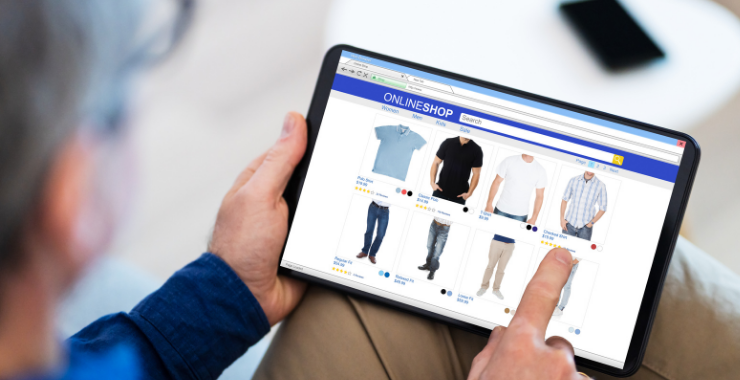Let’s say that you own an apparel website and one of your loyal customers needs a new dress for an upcoming wedding. Good news for you! She logs on to your site to browse dresses that might be appropriate for the occasion. She types a few key words into the search box and hits enter. But do the results she receives match what she’s truly looking for? Is your company displaying all of the products that fit her need? This is the quagmire associated with natural language search and is a key component to a larger strategy for product findability in today’s omnichannel world.
Here’s what we mean: This particular customer, shopping for a dress to wear to a wedding (a very specific occasion), might have typed “summer dress” into the search bar. Or, maybe she typed “evening dress”. Perhaps she even typed in “sleeveless dress” or “wedding guest dress”. Customers type search queries the same way they think (i.e. “natural language”) – at least at the beginning of the product discovery process. Does your company’s search functionality handle all of the ways a customer might search for a specific product? Further complicating matters is regional language nuances. Remember when you were a kid, and you found out that some parts of the country called soft drinks “pop”, some called them “soda”, and others just called everything “Coke”? How about “knapsack” vs. “backpack”? That’s what we’re getting at here.
Does the product data which fuels your on-site search account for all possible terminology? For many retailers, the answer may be no. Too often retailers rely just on the basic functionality of their ecommerce platform and may not look into additional technologies and point solutions to enhance product data and on-site search. Whether or not your business’ product data accounts for the way customers actually think about and search for products matters and can impact profitability. For these reasons, it’s critical to approach product data not from a company speak perspective, but from the customer’s perspective.
Understanding and leveraging natural language search is a key component of product findability – or the art and science of connecting people with the right products at the right time. And it doesn’t matter only for on-site search – understanding the way people think about and search for your products has implications for customer service, in-store applications, and all touch points along the customer journey. The end result is more relevant experiences, higher average order values, higher conversion, and higher sales.
To read more about natural language search, product findablity and key trends in the omnichannel customer journey, download our recent Focus Report Product Findablity: Connecting People and Products.
Contributed by: Julie Barile




